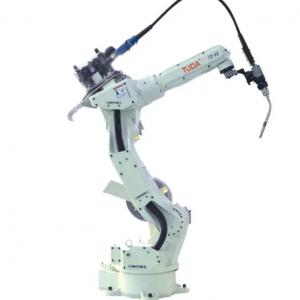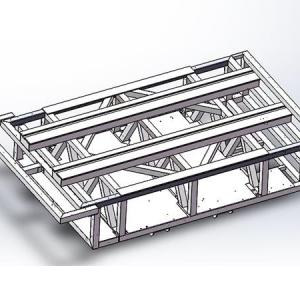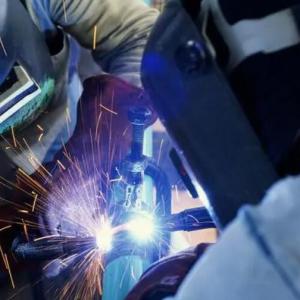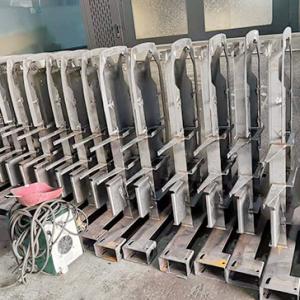Material requirements for welded structural parts
Material requirements for welded structural parts
Before machining large mechanical parts, we must pay attention to the density of the material. If the density is too high, it is equivalent to high hardness. If the hardness exceeds the hardness of the turning tool, it cannot be machined, which will not only damage the part, but also be dangerous. If the turning tool flies out and hurts people, it will cause unnecessary losses. What are the material requirements for machining large mechanical parts?
Materials that are processed on a large scale can be divided into two categories: metallic materials and non-metallic materials. For metallic materials, stainless steel has the highest hardness, followed by cast iron, copper and aluminum. The processing of ceramics and plastics belongs to the processing of non-metallic materials.
Stainless steel material for machining large machine parts
The first is the requirement for material hardness. In some cases, the harder the material, the better. Hardness requirements for machined parts only. The processing material should not be too hard. If they are harder than the machined part, they cannot be machined.
Second, the material is moderately soft and hard, at least one level lower than the hardness of the mechanical parts. At the same time, it also depends on the purpose of the processing equipment and the reasonable selection of mechanical parts.






